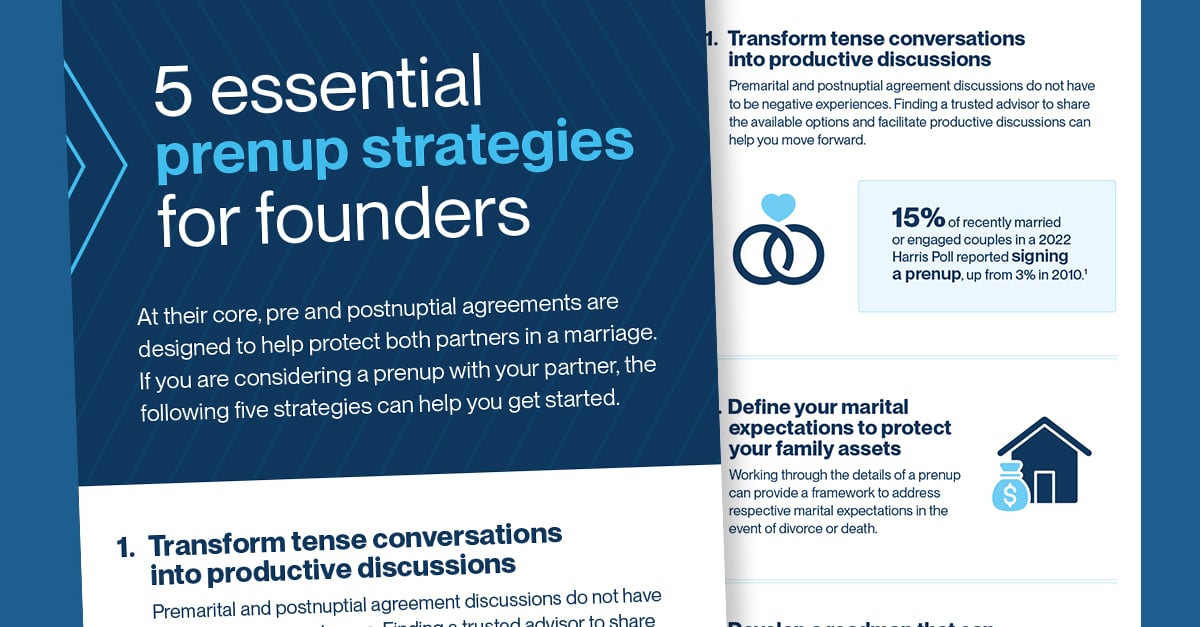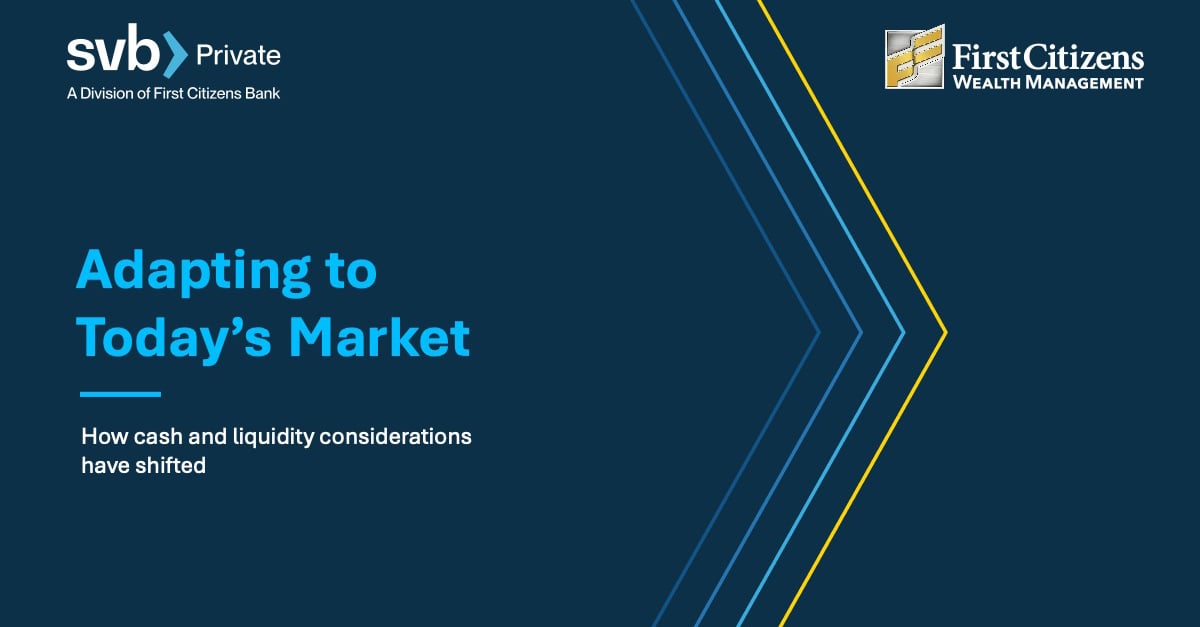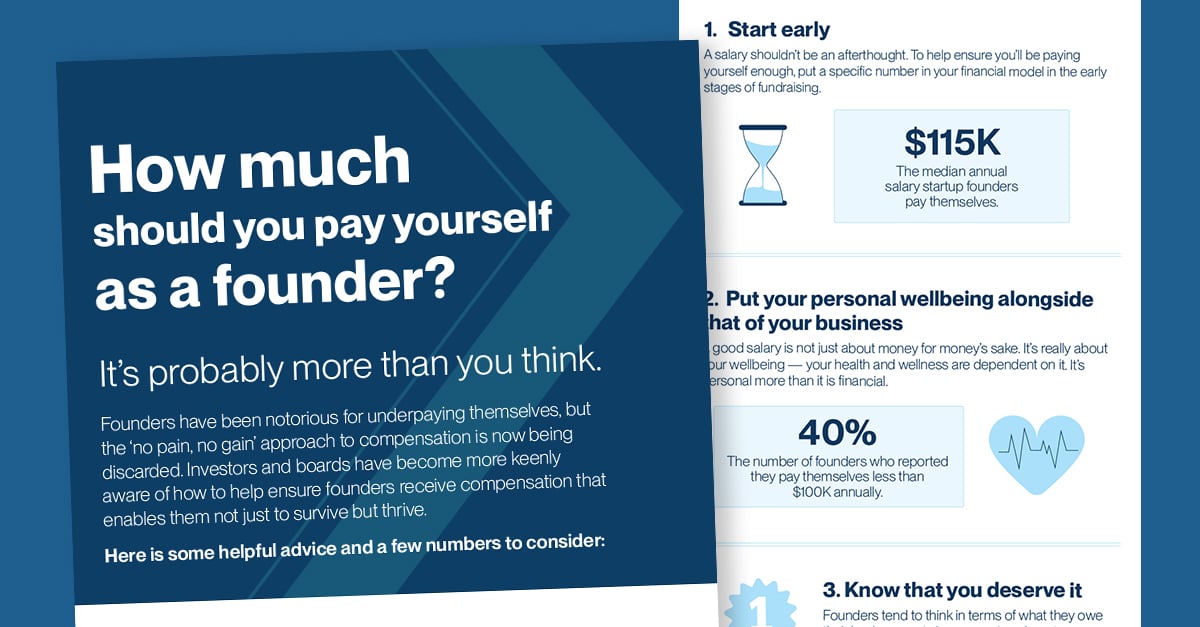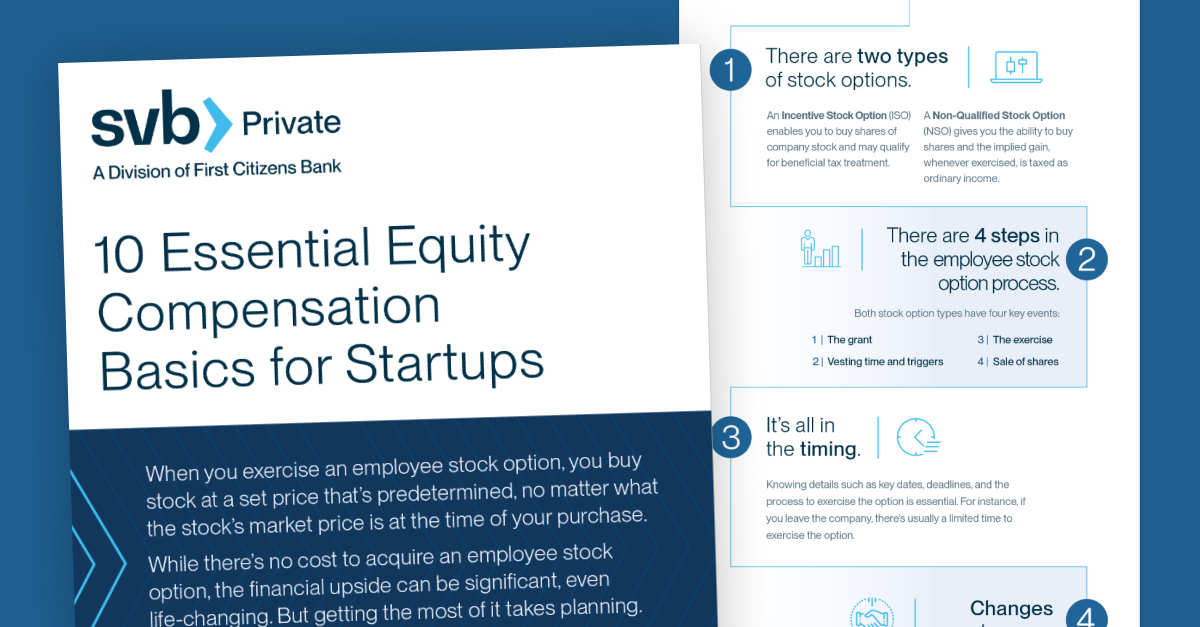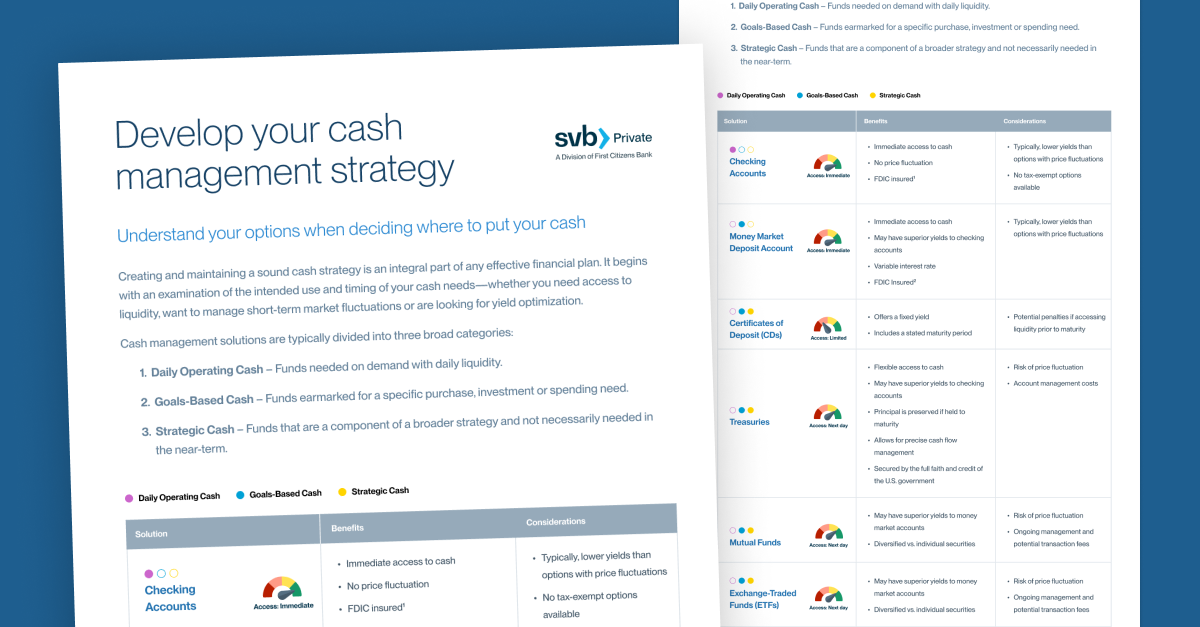We’re pleased to provide you with insights like these from Boston Private. Boston Private is now an SVB company. Together we’re well positioned to offer you the service, understanding, guidance and solutions to help you discover opportunities and build wealth – now and in the future.
The ideal plan balances your team's needs with your company's goals
Finding the right benefits package for your staff members is extremely important to long-term talent retention and company building. A competitive benefits package and retirement program are top priorities for employees. In fact, research shows that 92 percent of employees surveyed said that benefits influence their overall sense of satisfaction with their jobs.
The following questions should help you identify the types of plans that will work best, and a trusted advisor will be able to help you select a plan, stay in compliance and take advantage of the tax benefits associated with the program.
What are your employee demographics?
Employee age can substantially influence the type of benefits package and retirement program they prioritize. Millennials value benefits such as family health care plans, family leave and ongoing career development support. They're primarily concerned about programs that will help them balance work and life, as they're starting families, buying homes and entering their peak earning years.
Older generations are more likely to seek positions with strong retirement plans that will help them accrue retirement savings as quickly as possible. They'll look for generous 401(k) matching plans and other programs that help them shore up their post-retirement incomes. Typically, interest in retirement plans increases with age as workers become eligible for higher paid positions and expect greater compensation in this regard.
How much can you invest in employee benefits?
While the exact amount you'll spend per employee will vary based on the plans you choose and your industry, the average employer spends $11.38 per hour per employee on benefits. Ensure that you have capital available for addressing urgent problems and opportunities and that you're moving quickly on new products and services if a market niche opens up.
One option for keeping benefits costs manageable is to offer cost-sharing plans that include medical coverage along with health savings accounts, which employees contribute to and for which they receive tax benefits. Look for plans that include telehealth services that may be less expensive than more traditional services. Another benefit to offer is reimbursement plans, in which you will compensate employees up to a certain amount for what they pay in premiums. Looking for cost-savings options in this regard may free up money that can put toward 401(k) matching programs, striking a balance between the priorities of both younger and older workers.
What is the overhead for offering employee benefits?
In addition to the employee costs for each plan you offer, consider the HR costs as well. You'll need team members who can explain the plans to employees and answer questions about different benefits, while ensuring that all documentation and compliance records are in order. The HR point person will also need to closely follow changing laws and federal programs to understand new compliance regulations and requirements.
If you plan to outsource those functions, make sure you're clear on exactly how much the vendor or consultant will charge you so have a full picture of what your employee benefits packages cost.
What are the tax benefits?
You will likely be able to claim deductions for the benefits plans you offer. However, this is an area where you'll want to consult with a trusted financial advisor. They can help you review each option and choose the plans that will support your employees while also providing the greatest tax benefits to the company. An advisor will also walk you through which types of benefits — including health care, retirement planning and some retirement savings programs, among others — qualify for tax breaks and up to what amounts.
Because the benefits package and retirement program you offer impact your ability to retain talent and to pursue your business's goals, it's not always an easy decision to make on your own. Consider seeking insight from professionals who can offer strategic guidance as you expand your employee offerings.




